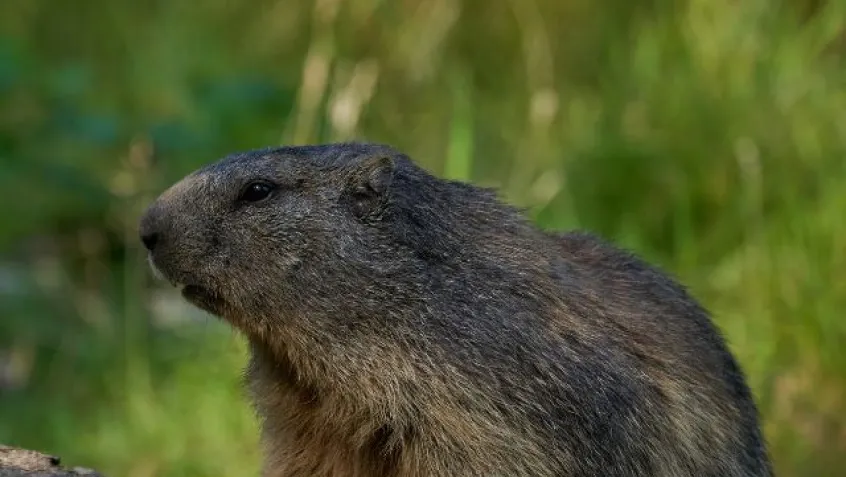
Move over, Punxsutawney Phil. Groundhogs aren't the only animals known to “predict” the weather. Phil may be the most famous, but he's certainly not the most accurate. Here are five animals that are known for their weather wisdom. Some of these proverbs are true, while others are not. Can you guess which ones are real?
Fact or Fiction? The Veery, a species of thrush, can sense major storms months in advance.
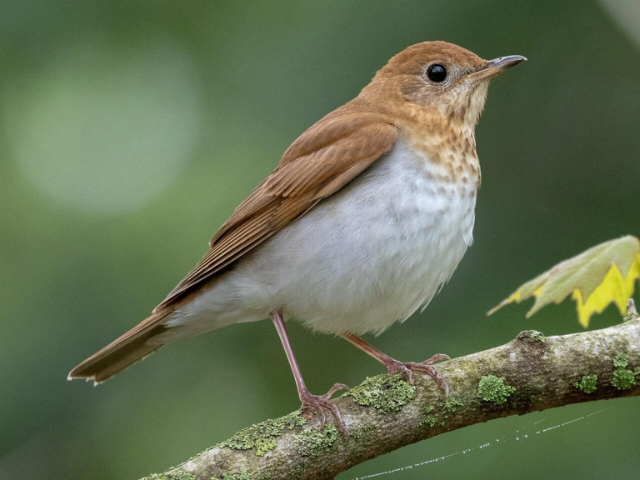
Fact! A 2019 study published in the Scientific Reports journal indicates this may be true. During two decades of field observation, the breeding behavior of a local population of Veeries (Catharus fuscescens) was a better predictor of Atlantic hurricane season intensity than the leading meteorological models. The birds appeared to sense what the season had in store months before most tropical storms form.
Fact or Fiction? The width of a Woolly Bear Caterpillar's orange stripe can predict how mild the winter will be.
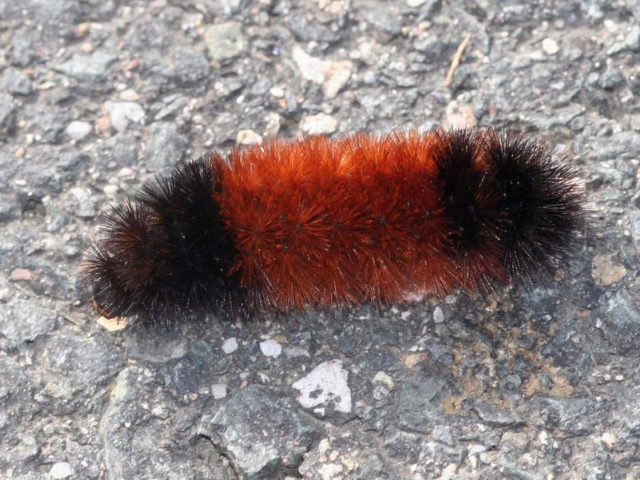
Fiction! According to an old proverb, if the width of a Woolly Bear Caterpillar's reddish-brown stripe is wider than usual, the coming winter will be mild. Conversely, a narrower stripe means the coming winter will be harsh. While some scientific evidence suggests that this may be related to the previous winter's severity, there's no correlation between the stripe's width and the following winter's severity.
This proverb gained traction in the 1950s when the insect curator of New York's American Museum of Natural History spent an afternoon measuring the width of several Woolly Bear Caterpillars. For fun, he used the information to make a prediction about the coming winter and forwarded it to a friend who reported for The New York Herald Tribune. When a relatively mild winter ensued, the resulting publicity solidified this folklore in American culture. He collected data and made predictions from 1948-1956 that roughly held up, but his sample sizes were never large enough to scientifically prove this relationship. The folktale stuck, however, and Woolly Bear Caterpillar events are still held around the country each fall.
Fact or Fiction? Crickets are natural thermometers.
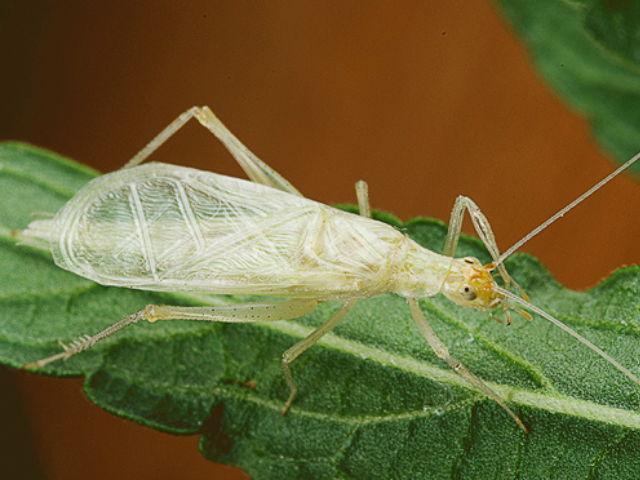
Fact! All you have to do is count the number of cricket chirps you hear in 13 seconds, add 40, and voilá: you know what the outside temperature is to within a few degrees Fahrenheit! Amos Dolbear first discovered the relationship between snowy tree crickets and temperature in 1897, and his formula still works today, now known as the Dolbear Law. You can do the math yourself, but now there's even an app for that. Several good ones are just a short search away. Happy counting!
Fact or Fiction? “If birds fly low, expect rain and a blow.”

Fact! Of course, low-flying birds do not always foretell bad weather, but birds can detect the subtle decreases in air pressure that accompany storms and alter their flight paths accordingly. Birds need to fly fast and efficiently to conserve their energy, so they settle into sweet spots where the air is thin. When the weather is good, domes of high air pressure push these sweet spots up into the air, so birds fly higher. However, when the air pressure drops before the weather gets bad, so do the sweet spots and the birds that look for them. Since low pressure is associated with storms, low-flying birds may indeed signal “rain and a blow.”
Fact or Fiction? Cows lie down before it rains.
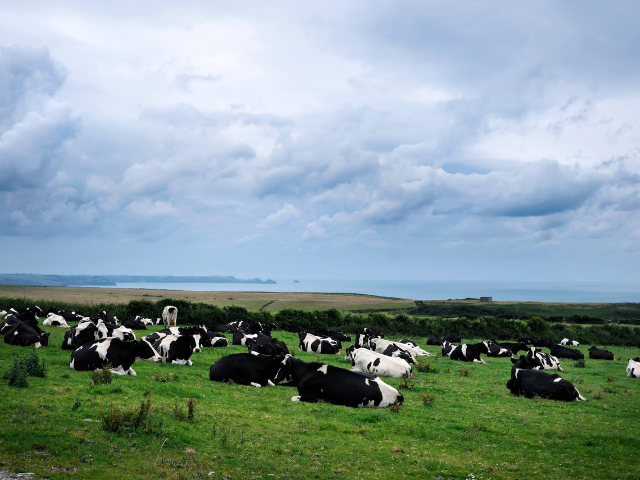
Fiction! Farmers may swear by this old adage, but there's no scientific evidence to prove that cows lie down when it's about to rain. That hasn't stopped the theories, however. Some people say that cows can sense the increased moisture content in the air and sit down to save a dry spot for themselves. Others have proposed that cows' stomachs are sensitive to lower barometric pressure and that lying down soothes them. In reality, cows may lie down more often to chew their cud than to prepare for a rainstorm.


